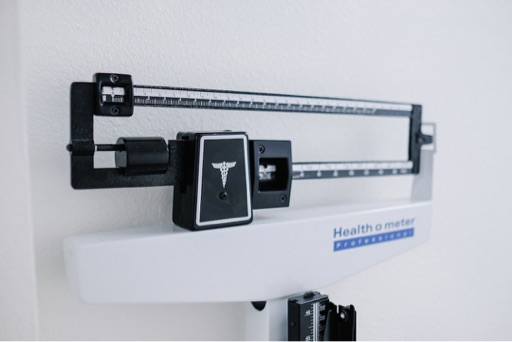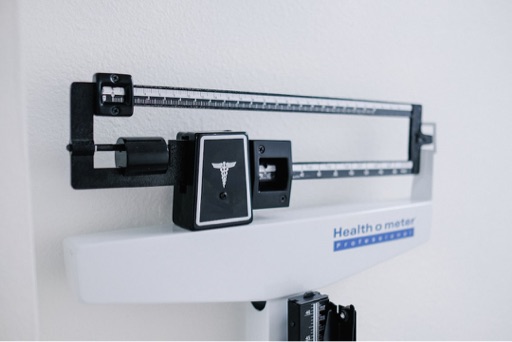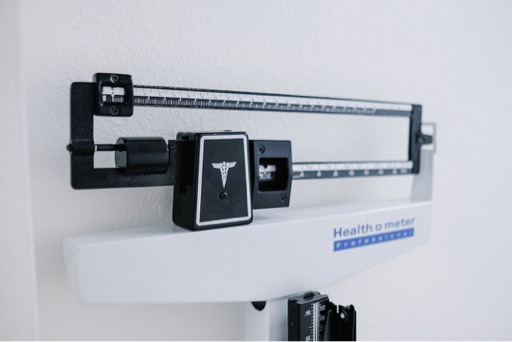Osteoporosis is a silent disease affecting many older women, with at least 1 in 5 women over 50 in the U.S. affected. Recent updates from the U.S. Preventive Services Task Force highlight the importance of screening for osteoporosis, particularly for women ages 65 and older who should undergo a bone density scan.
Characterized by weak bones that are prone to fractures, osteoporosis often shows no symptoms until a significant bone fracture occurs, typically in the hip, wrist, or spine. Postmenopausal women have the highest risk for bone loss. For those younger than 65, the presence of risk factors such as low body weight, family history of bone issues, smoking, or excessive alcohol use can necessitate a risk assessment to determine the need for screening.
Dr. Esa Davis, a task force member, stresses that osteoporosis can lead to severe complications, including chronic pain, disability, and even death. Notably, research indicates that about 21% to 30% of individuals who suffer a hip fracture may die within a year.
Screening for osteoporosis typically involves bone density tests or x-rays to assess fracture risk. However, a recent survey indicated that many doctors do not prioritize these screenings, often due to a lack of awareness surrounding the serious consequences of fractures.
Additionally, rapid weight loss—particularly with the use of medication—may pose further risks to osteoporosis-the-silent-disease/’>bone health. Studies have shown that some weight loss medications can lead to decreased bone density, thus underlining the necessity for a prior bone density assessment, especially for women over 65.
While osteoporosis is not curable, it is highly preventable and manageable. Key preventive measures include maintaining a healthy diet, engaging in regular physical activity (especially strength training), and ensuring adequate intake of calcium and vitamin D. Experts recommend about 800-1000 international units of vitamin D daily for those over 50 to support bone health. Supplements may be necessary where nutritional intake is insufficient.
In conclusion, early detection and ongoing management are crucial in addressing osteoporosis risk. For those at risk or lacking recent screening, consultation with a healthcare provider is essential to develop a personalized prevention strategy.

Source: NBC News





